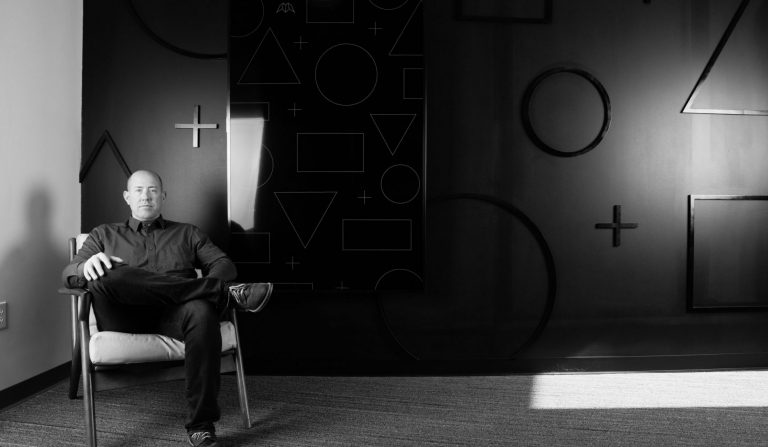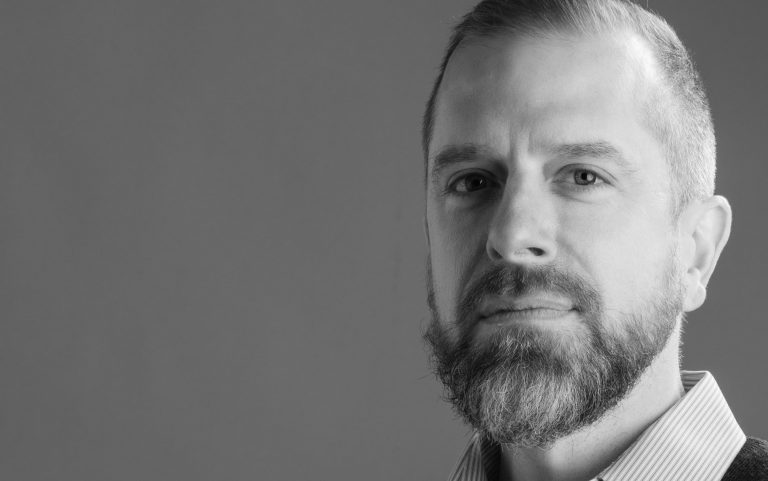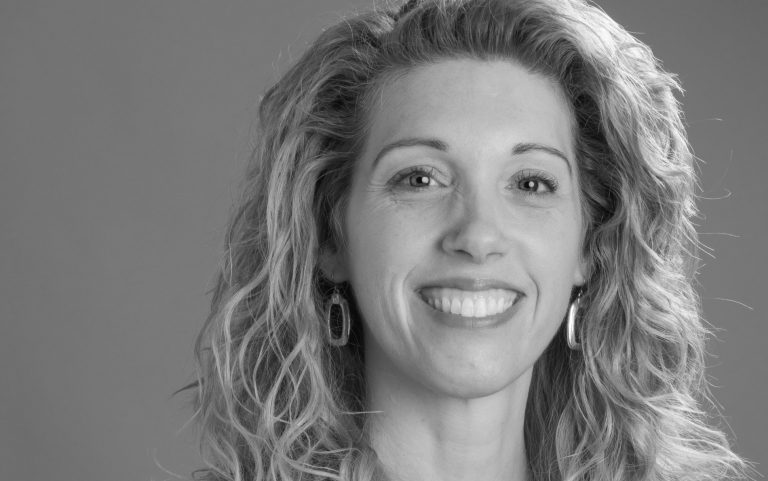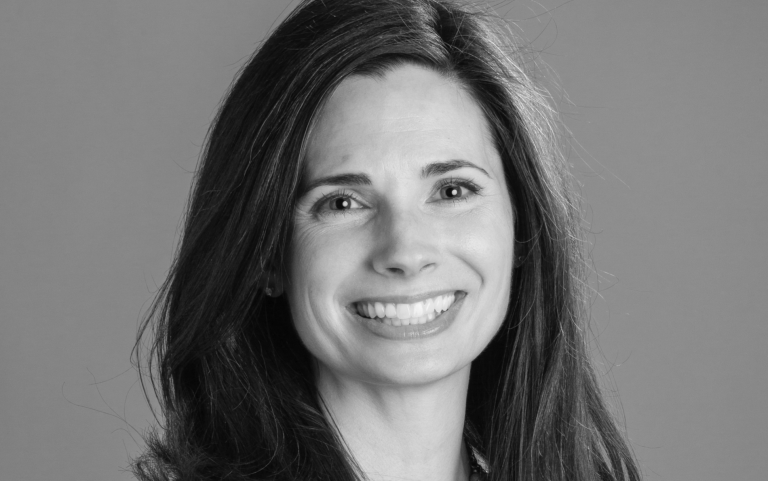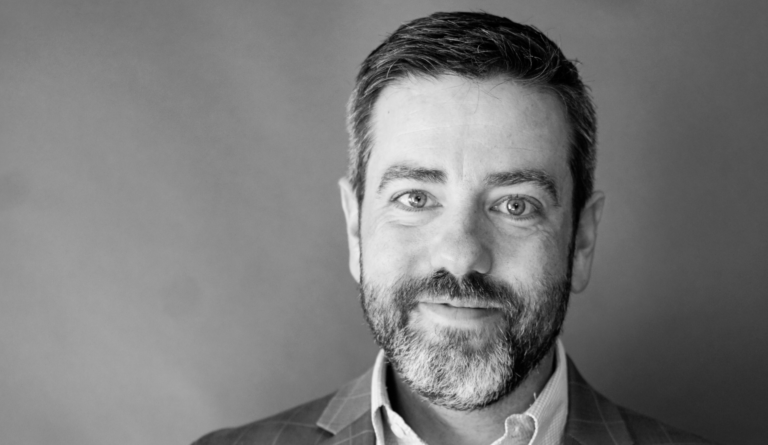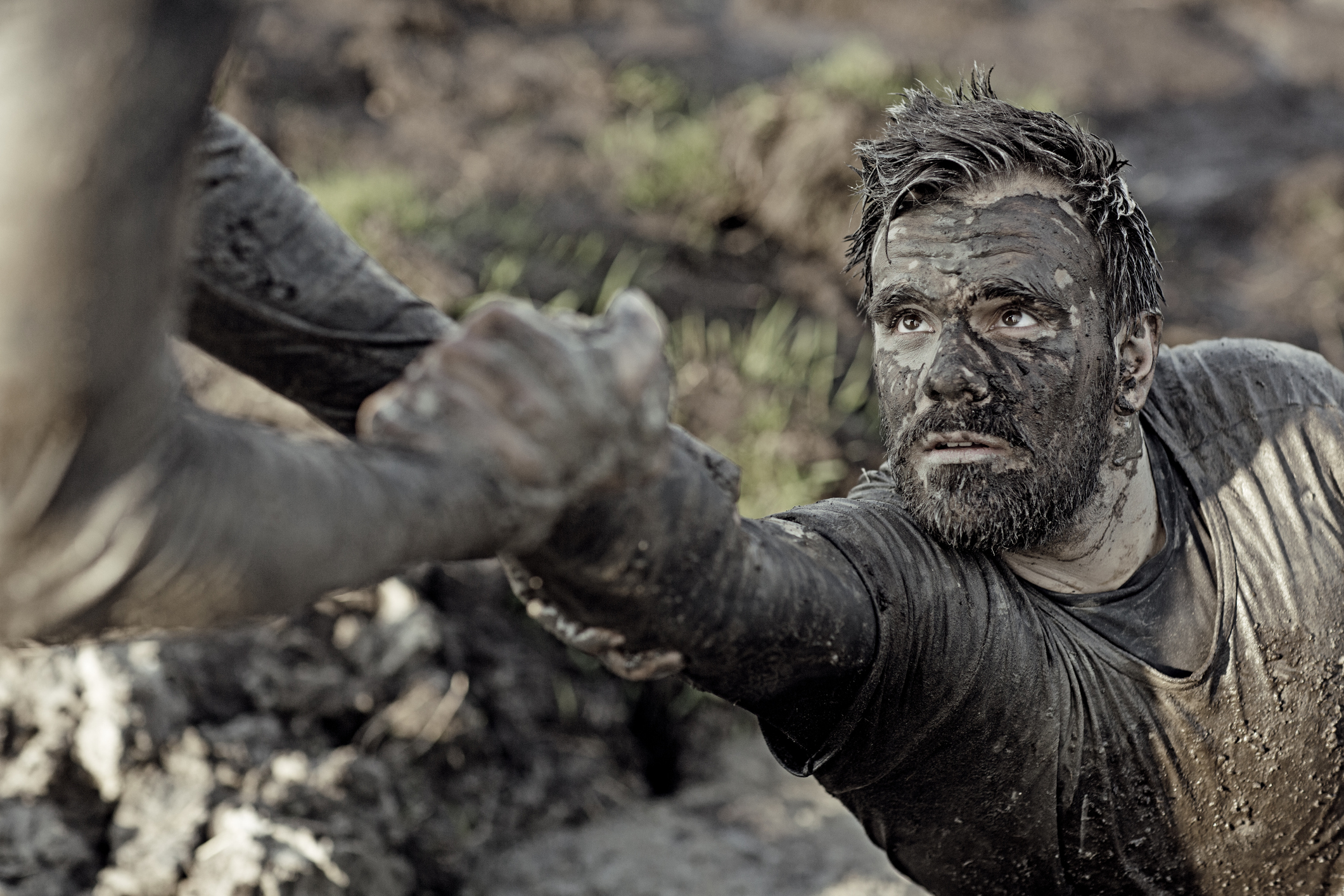As I reflect on my life, I find that the greatest growth has come from challenges that had me paralyzed at the time: believing I needed 34 hours in each day as a plebe at the Naval Academy, failing to stand up to a bully in the Marine Corps, trying to stay motivated and effective when I lost interest in my corporate job, learning to sell services to prospective clients, and understanding the depth of my arrogance and lack of curiosity as a coach and consultant.
These uncomfortable experiences were opportunities for refinement of the alloy of my character. And in each of these seasons I grew because someone invited, inspired, and exhorted growth.
When leadership development efforts fall flat, there are two primary causes that generally escape notice. The first is a focus on increasing participants’ skills instead of increasing their maturity. The second is the disconnect between the problems leaders face in real life and the training they receive.
Maturation
Too much leadership training focuses on giving participants skills and knowledge. I’ve found through some painful toe-stubbing that the most dramatic improvements in leader performance come from a different approach—focusing on maturity and character formation.
Especially when we’re talking about the most senior leaders in an organization, the problem is rarely that they don’t have the right information or skill, it’s that they self-sabotage because of some immaturity.
Humans mature asymmetrically, and each of us has opportunities to become more mature. In some areas, I act my chronological age (46). In others, I think and react like an old sage, full of peace and wisdom. And in a few, I think and behave like an eight-year-old child (when I get cut off in traffic, or when I hear feedback that threatens my self-image).
Knowledge and skills don’t fix my immaturity. I already know I’m not supposed to get angry and react vindictively, so “learning” that truth again isn’t an adequate solution.
What I need is someone to help me grow up. I need a guide to help me heal, develop, and be more selfless. This is deep work of the heart and soul, and I won’t trust just anyone to guide me. The best growth conversations and journeys are much more art than science. Even the classroom facilitators who have the depth required for this type of work are rarely expected or trained to do it.
So, what are some ways to help leaders mature? At Kairos, we’re just scratching the surface of what’s possible, but so far we’ve had good success by facilitating group feedback sessions, introducing intentionally contrarian perspectives, focusing executive coaching conversations on issues of character and self-sabotage, and digging into relational conflicts to figure out where leaders need to grow.
Heat
Nick Petrie (from the Center for Creative Leadership) describes frustrating challenges— ones that are bigger than our current capacity to handle them— as “heat.”
I’ve found that most leaders are unhappy with the formal leadership training they’ve received over their careers. They have attended a series of workshops with generic and generalized topics. Occasionally a training event will try to create some heat through case studies or through action learning (in which participants are given a cross-functional project with real potential impact in the organization). But because all organizations have plenty of natural heat, there’s no need to manufacture it artificially. The natural heat is 1) almost always hotter than the artificial heat, and 2) easy to find: “Tell me where you’re stuck.”
If a leader happens to be in a situation where there isn’t much heat, it means that individual isn’t being challenged. The solution? Give that leader a harder job: greater scope, bigger scale, more complexity— in short, a higher degree of difficulty.
Once we find the heat, how can we practically leverage it in our leadership development efforts? Asking, “What is the biggest challenge you’re facing?” is a start. Lately we’ve been ensuring each meeting and conversation with clients has been centered on a “hot” challenge that matters to participants. The energy there is palpable and drives the conversation. We’ve also found that relational conflicts are a powerful source of heat, because they get in the way of performance, and most leaders feel ill-equipped to tackle them. One key is finding the courage to stand in the midst of the heat with those who are stuck, and being bold enough to help them see their opportunities to grow (up).
I’m energized by this work. Ironically, helping others mature through their heat experiences is, in and of itself, a heat experience for me. Getting better at this work is forcing me to acknowledge my own inadequacies as a leader and builder of leaders. I viscerally feel the challenge of holding space for other leaders— of creating a context for them that invites growth.
For those of us who feel called to help leaders grow, I believe the way forward involves further disruption of ineffective approaches that have become stale and draining. I’d love to hear about your own experiences. What has worked for you, and what hasn’t?


